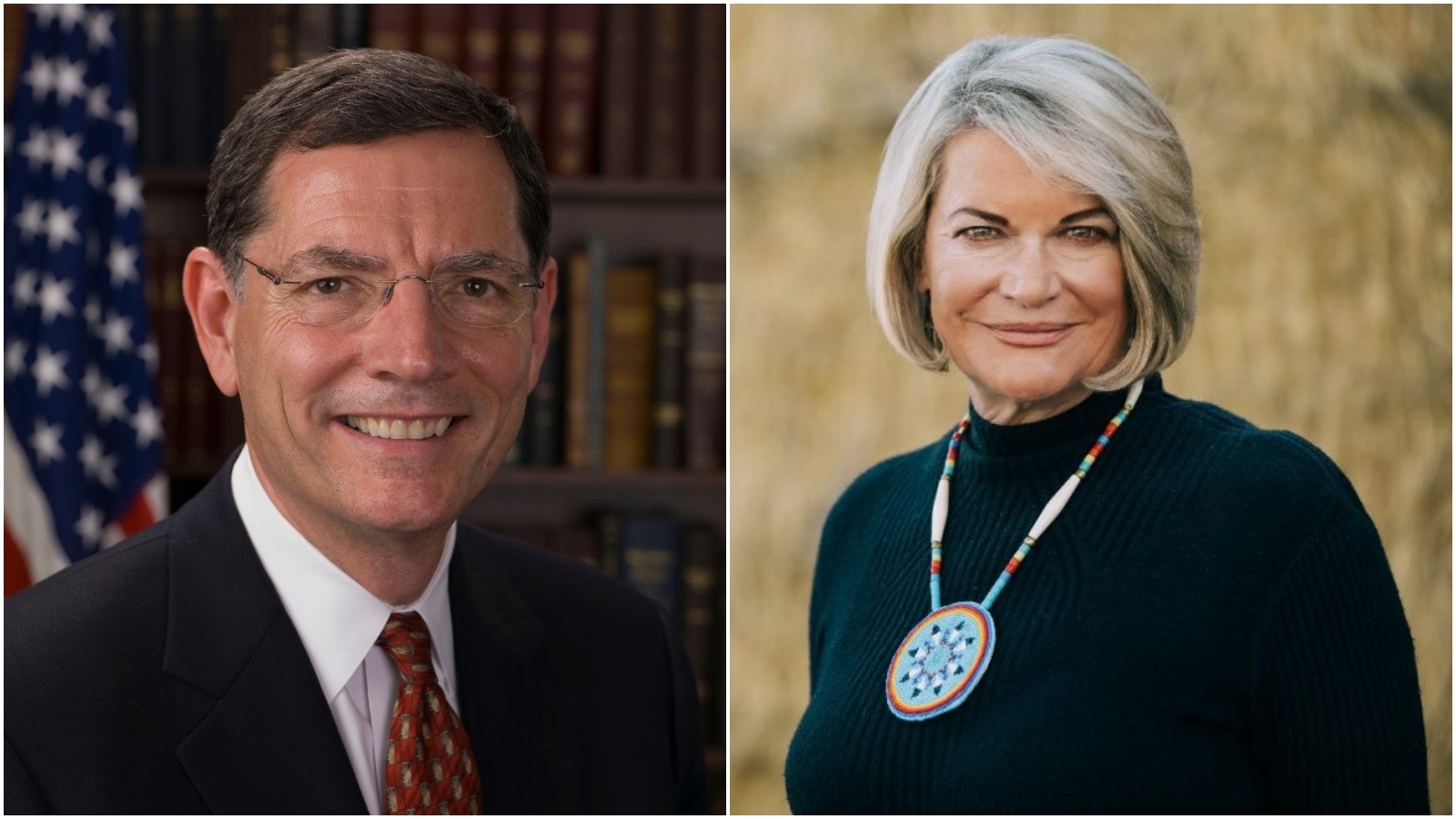U.S. Sens. Cynthia Lummis and John Barrasso have joined U.S. senators from Idaho and Montana in introducing legislation to remove grizzly bears from the endangered species list.
The Grizzly Bear State Management Act of 2021 would remove grizzly bears in the Greater Yellowstone Ecosystem from the endangered species list and shift management of the grizzlies from the federal government to wildlife scientists in the states.
“By all scientific measures, the grizzly bears of the Greater Yellowstone Ecosystem are fully recovered,” Lummis said. “Reproductive numbers are stable and the population is at or near its max capacity for the habitat. It’s time to remove the grizzlies in this area from the Endangered Species List and allow wildlife scientists in Wyoming, Montana, and Idaho to manage the populations according to science.”
U.S. Sens. Mike Crapo and James Risch of Idaho and U.S. Sen. Steve Daines of Montana are co-sponsoring the bill with Lummis and Barrasso.
“Grizzly bears are an essential part of the ecosystem of Wyoming, but keeping them listed hurts their populations more than it helps them,” Lummis said. “Wildlife managers that live near the bears and study them closely have a better idea of population parameters than bureaucrats in Washington. It’s time to delist the grizzly in our area and let science dictate our wildlife policy.”
Barrasso added the grizzlies in the Greater Yellowstone ecosystem are thriving and no longer need protection under the Endangered Species Act, and that has been the case for years.
“Even President Obama’s Director of the U.S. Fish and Wildlife Service agreed with me that the grizzly bear should be delisted in 2015,” Barrasso said. “The state of Wyoming should be in charge of managing the bear population. Wyoming’s good work and sound management practices should be given an opportunity to demonstrate success. Seeing states successfully implement recovery efforts is just one of the many reasons I am working to improve the Endangered Species Act.”
In 1975, when grizzlies were first listed on the endangered species list, there were 136 grizzly bears in the Greater Yellowstone Ecosystem. In 2019, there were 728 bears.
Grizzly numbers have been in the 700s for a number of years. The Interagency Grizzly Bear Study Team’s analysis suggested that the park is at or near its ecological carrying capacity for grizzly bears, according to information provided by Lummis.
In 2017, the U.S. Fish and Wildlife Service removed grizzlies from the endangered species list, citing a significant increase in bear populations and a doubling of their range land. A federal court in 2018, ruling on a lawsuit filed by environmental groups and Indian tribes, reversed the agency’s decision.
Some organizations across Wyoming praised the legislation proposed by the senators.
““It is time for all to recognize the grizzly bear has already achieved healthy, robust population, has reached overpopulation for its available range and to manage it as such,” the Park County Board of Commissioners said. “It is time for the federal government to uphold its end of the agreement made with the people who live and recreate in Park County and delist the grizzly bear, and we feel the passage of this bill will do just that.”
The Wyoming Outfitters and Guides’ Association echoed these sentiments, saying it is long past time to delist the bears.
“Long overdue is the need to delist the grizzly bear, a species whose recovery has been realized for nearly a decade now, yet whose removal from endangered species classification has been inappropriately forestalled by activist environmental organizations,” the group said.
However, some conservation groups do not agree.
“It’s disturbing to see Western lawmakers try to blatantly sidestep the science showing that grizzly bears should remain federal protected under the Endangered Species Act,” said Andrea Zaccardi, a senior attorney with the Center for Biological Diversity. “We’re hopeful this bill dies a quick death in Congress.”
The Greater Yellowstone Coalition opposed a resolution approved in Wyoming’s Legislature in 2019 asking that Congress act to remove the grizzlies from the endangered species list and that the federal government give the state more money to manage the bears until they could be delisted.
“This injects politics and divisiveness into what should be a thoughtful, science-based process,” the group said when the resolution was considered. “The other, we could support, asking Congress for more funding for Wyoming’s grizzly bear management program. Because both asks were placed in the single resolution, we opposed this resolution. However, GYC has on its own supported and continues to ask our congressional delegation to fully fund the ESA to make it even more effective.
This bill by Lummis and Barrasso is similar to one introduced earlier in the legislative session in the U.S. House of Representatives.
In late February, U.S. Rep. Liz Cheney reintroduced a bill to Congress that would remove grizzly bears from the endangered species list and prevent them from being considered threatened or endangered wildlife in the future.
Cheney’s bill would direct the Department of the Interior to re-issue its 2017 decision to remove grizzly bears in the Greater Yellowstone Ecosystem from the endangered species list and prohibit further judicial review of this decision. It would also turn management of the grizzlies over to the states.
No action has been taken on the bill.





